Coq au vin recipe
The story goes that this very old dish was invented by Julius Caesar during his campaigns against the Gauls. The French word coq literally means “rooster”, but most of the coq au vin recipes are made of chicken. In standard recipes chicken, red wine, cubed bacon/lardons, button mushrooms/champignons de Paris, herbs and onions are used. The wine is typically Burgundy (Pinot noir), but many regions of France have variants of coq au vin using the local wine.
I prefer to use a light young red wine of Côtes du Rhône or Luberon, and these go nicely with the dish as well. My lighter more modern version does not include bacon cubes, and I have omitted the usual browning of the chicken thanks to a brilliant suggestion of Jamie Oliver in his stew recipe.
4 servings
8 chicken thighs, pref. free range, poulet fermier
2 tbsp rapeseed oil
About 150 g small shallots, peeled but left whole
About 200 g button mushrooms, champignons de Paris
300 ml chicken stock
300 ml red wine
2 bay leaves
2 sprigs of thyme
1 tbsp flour
2 cloves garlic, peeled and chopped
Freshly ground black pepper
Parsley to decorate
Preheat the oven to 180⁰ C.
In a heavy casserole warm the rapeseed oil over medium heat. Add the shallots and mushrooms and cook for 10 minutes. Add the garlic, chicken, herbs, and flour and stir. Add the stock and red wine and a few grinds of pepper. Bring to the boil and then transfer to oven.
Cook coq au vin in 180⁰ C for 1 ½ hours without lid. Towards the end of the cooking time keep an eye on the stew and add a little water if it starts to look a bit dry.
Before serving remove the bay leaves and thyme sprigs. Serve with steamed new potatoes and decorate with chopped parsley.










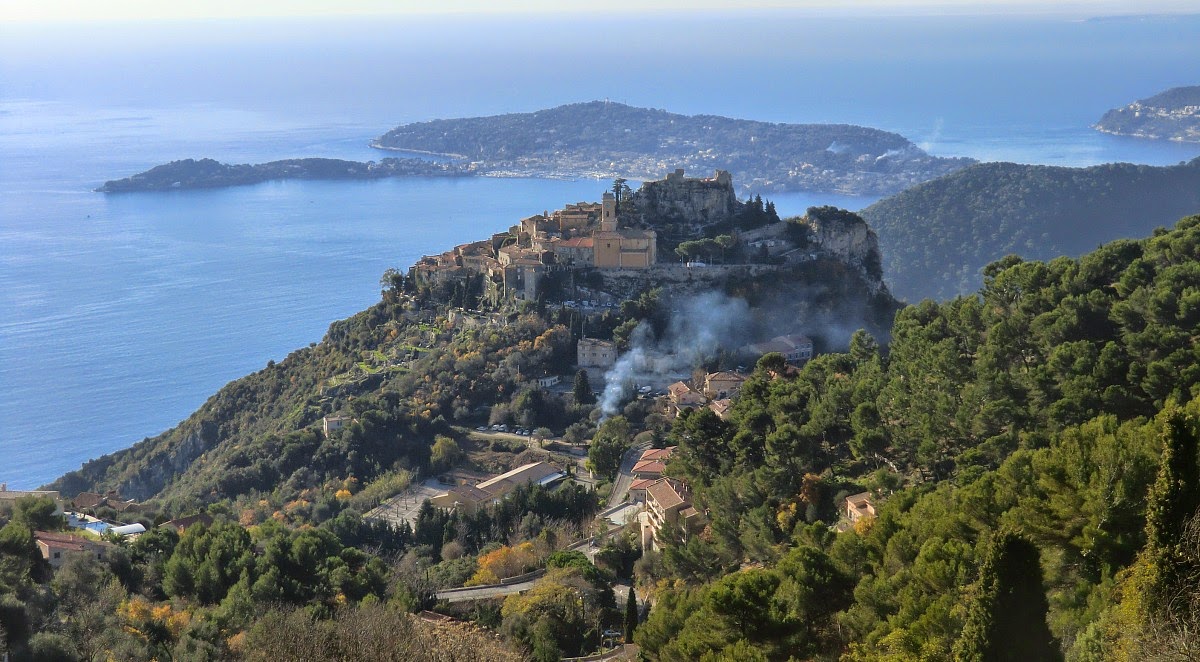
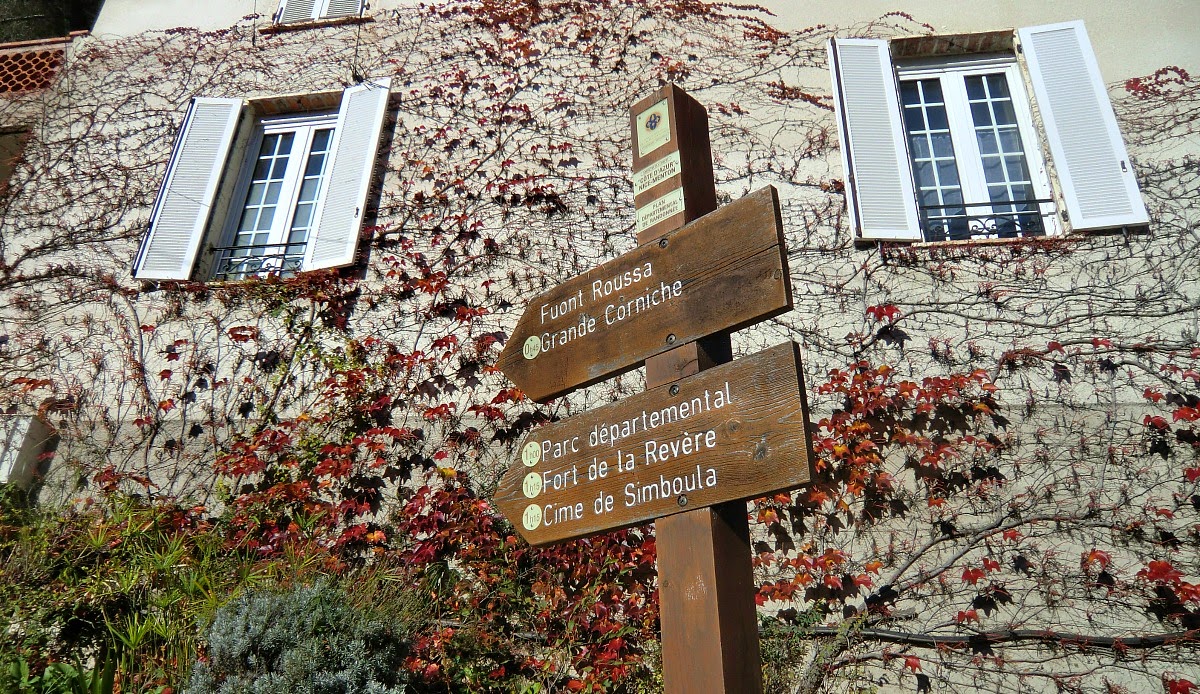
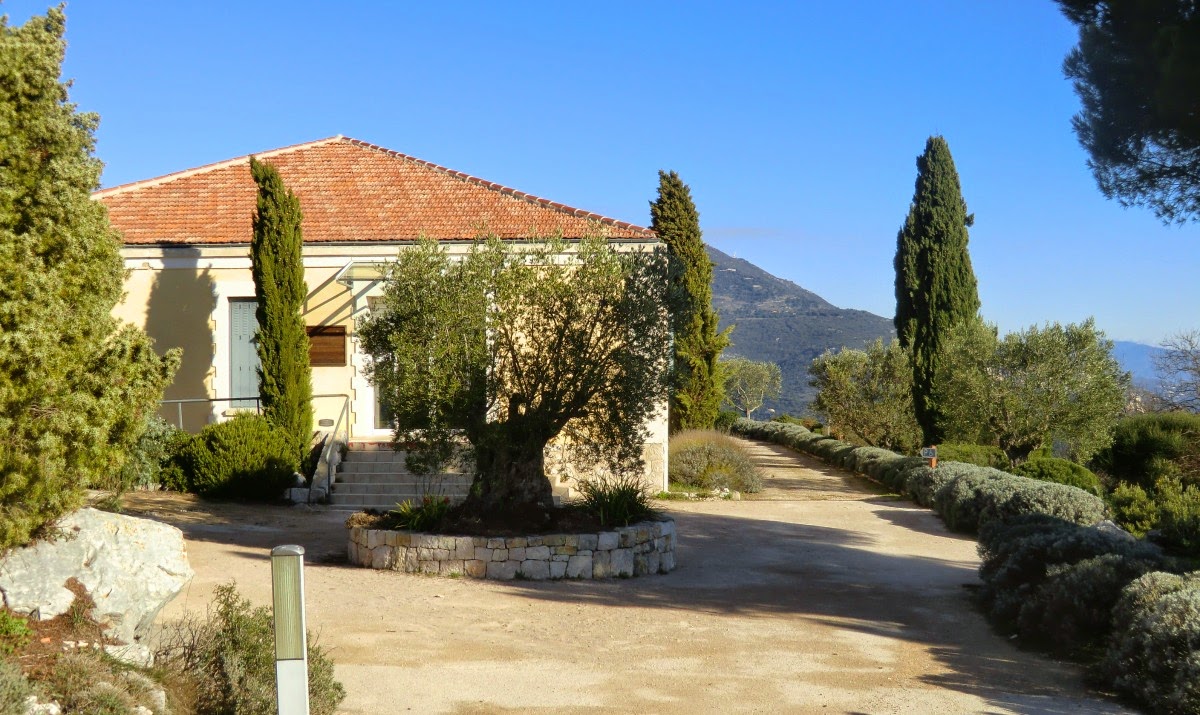
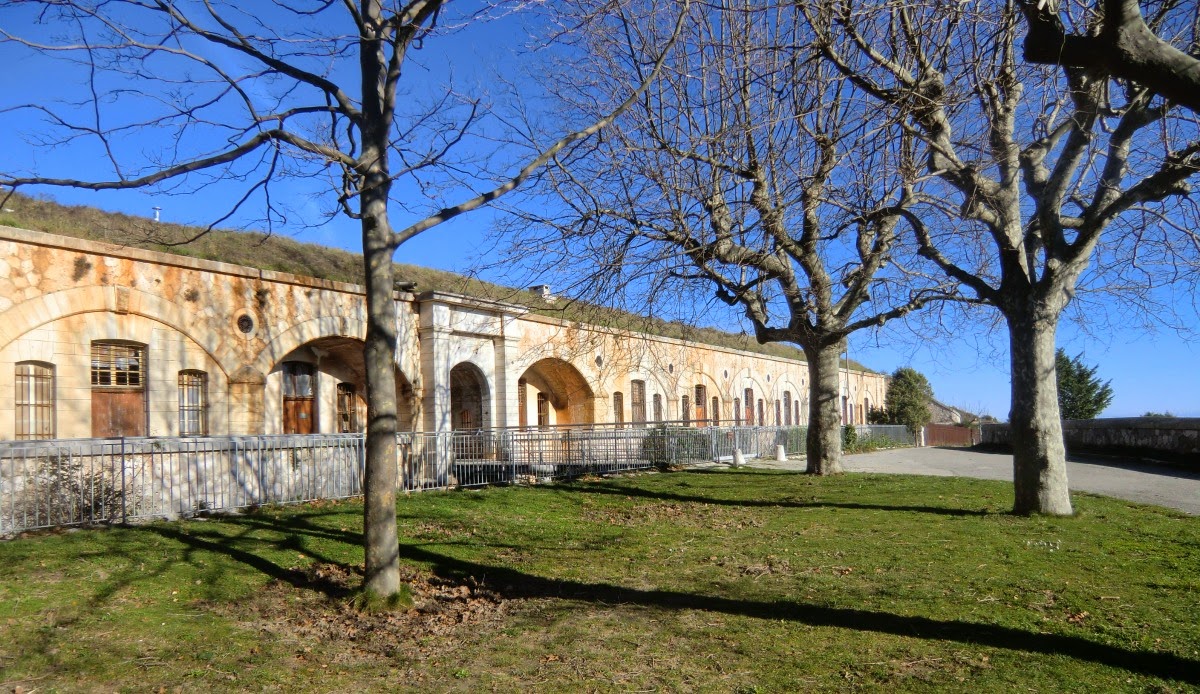


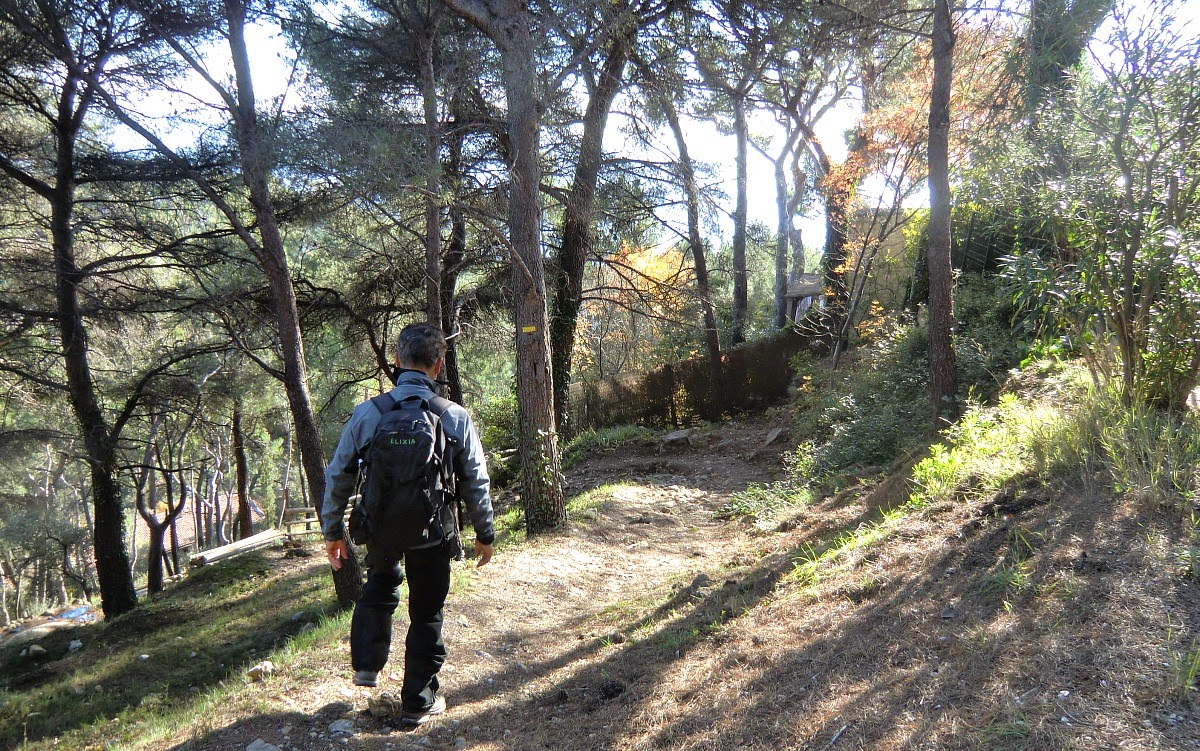








0 comments:
Note: only a member of this blog may post a comment.